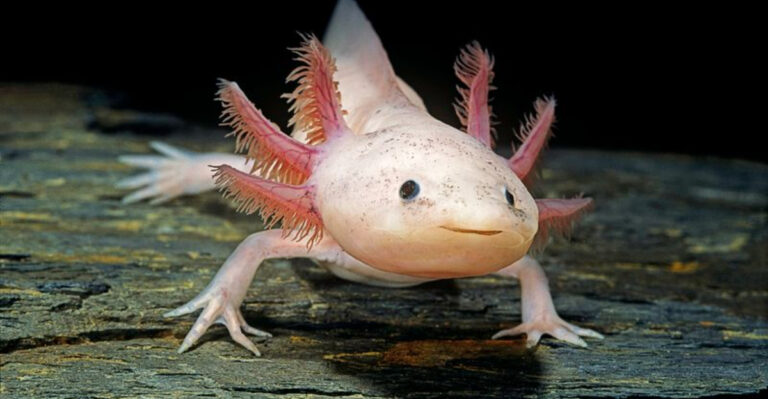Seeing The Unseen: The Fascinating Differences Between Bird And Human Vision
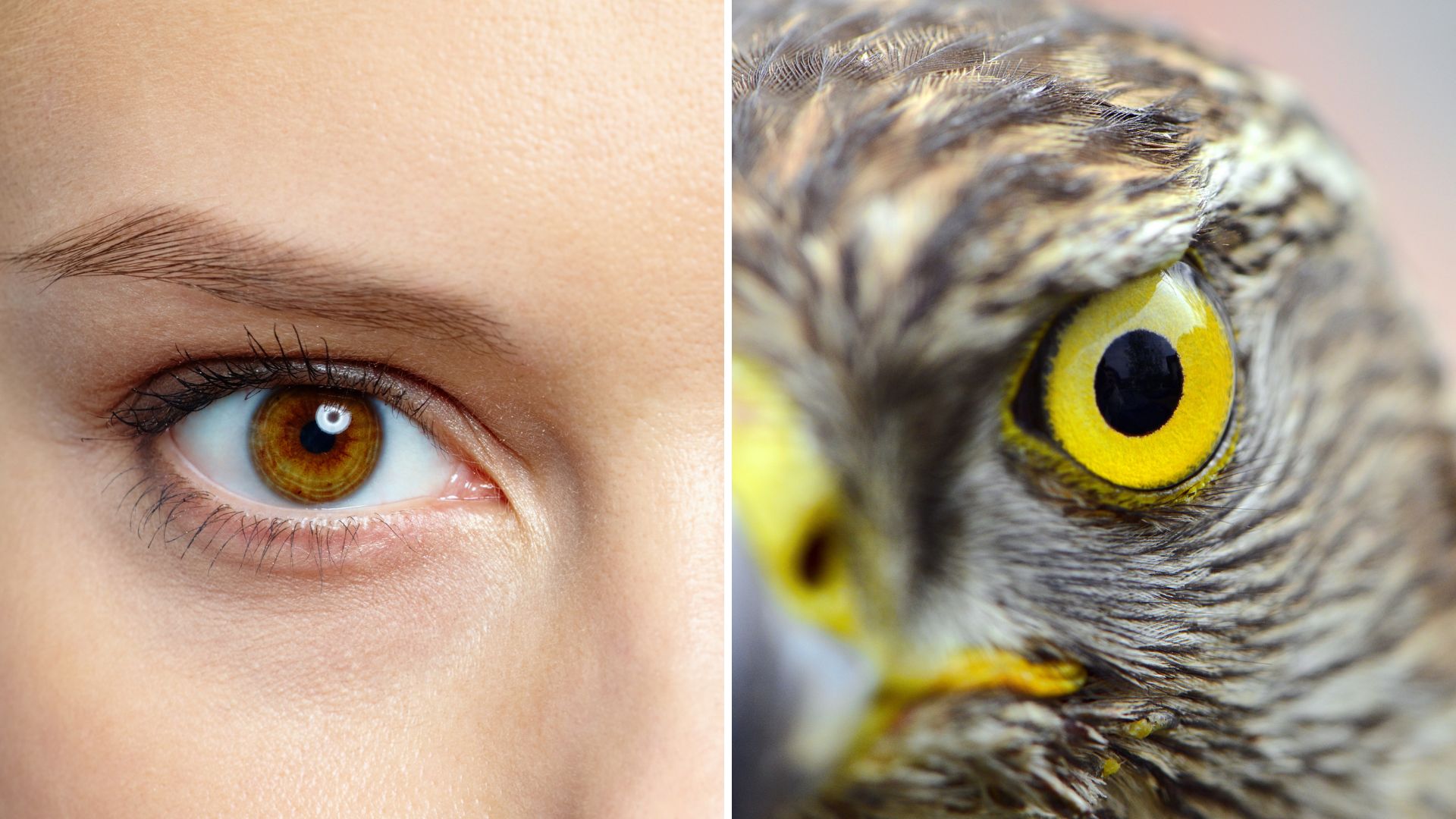
Ever wondered why birds can spot tiny insects from high above while we struggle to find our keys on the kitchen counter? Birds see the world in ways humans can only imagine.
Their eyes have evolved remarkable abilities that help them survive, hunt, and navigate with incredible precision.
Let’s explore 12 fascinating differences between bird and human vision that showcase just how extraordinary our feathered friends really are.
1. Ultraviolet Light Perception

Birds can see ultraviolet light that’s completely invisible to human eyes! This superpower helps them find food and mates in ways we can’t comprehend. Many berries reflect UV light, making them stand out like beacons to hungry birds.
Some bird feathers have patterns that only show up under UV light. When a male bird courts a female, she might be seeing beautiful, glowing patterns we completely miss. Bird vision essentially includes a fourth primary color beyond our red, green, and blue.
2. Superior Color Range

While humans have three types of color receptors (cones) in our eyes, many birds have four or five! This extra hardware gives birds access to a color palette we can’t even imagine. Think of it like upgrading from a basic crayon box to the deluxe version with every shade possible.
Hummingbirds can distinguish colors we consider identical. Their enhanced color vision helps them find the sweetest flowers and richest nectar sources. The world through a bird’s eyes contains millions more color variations than what humans perceive.
3. Faster Visual Processing

Birds process visual information way faster than we do! While humans perceive about 60 frames per second, some birds can process more than 100 frames. This explains why pigeons can dodge speeding cars and hawks can track darting prey with such precision.
To a bird, our world appears to move in slow motion. Imagine watching a movie where everything happens at half-speed – that’s how birds experience fast movement. This rapid processing prevents motion blur when flying at high speeds and helps birds navigate complex environments without crashing.
4. Double Fovea Advantage
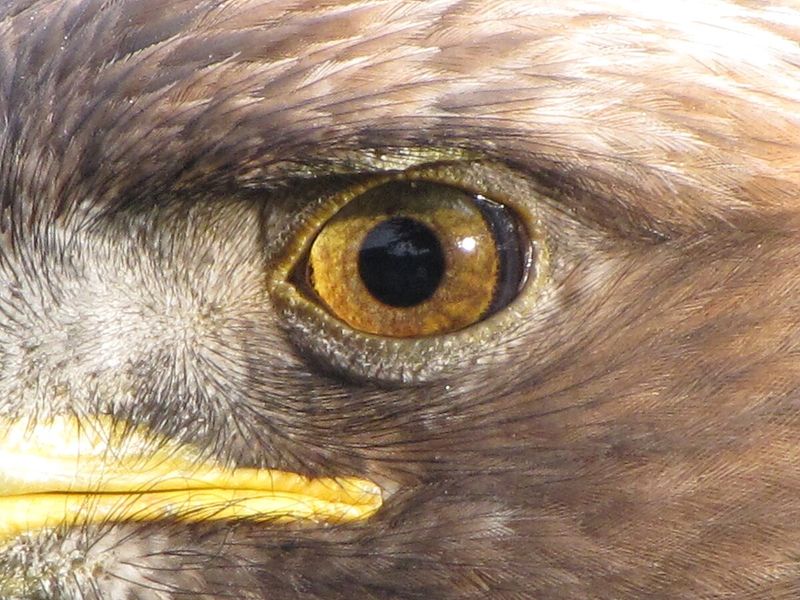
Many birds have not one but two areas of sharp focus in each eye! Humans have a single fovea – the part of our retina responsible for sharp, detailed vision. Birds of prey often have two foveae per eye, giving them both forward and sideways precision vision.
This dual-focus system allows eagles to spot a rabbit from a mile away while simultaneously maintaining awareness of the broader landscape. It’s like having picture-in-picture built into your eyes! Hawks use this feature to maintain crystal-clear focus on prey while tracking their own position relative to the ground.
5. Monocular Field Expansion

Most birds can see almost 360 degrees around them without moving their heads! While human eyes face forward with about 180-degree vision, many birds have eyes on the sides of their heads. This positioning creates a nearly complete visual field with just small blind spots directly in front and behind.
Prey birds like sparrows and pigeons benefit most from this arrangement. They can spot approaching predators from almost any direction while feeding. The trade-off? Less depth perception in exchange for maximum awareness. Birds compensate by constantly making small head movements to gauge distances.
6. Polarized Light Detection

Birds can see patterns in light that tell them which way is north! Many species detect polarized light – light waves that vibrate in a specific direction. This ability acts like a built-in compass, helping birds navigate during migration even on cloudy days when the sun isn’t visible.
Scientists believe birds see a pattern in the sky that points toward the sun’s position. This pattern remains consistent even when clouds block direct sunlight. Experiments show that if this polarization pattern is artificially altered, birds become disoriented during migration – proof they rely on this invisible-to-humans light property.
7. Oil Droplet Filters
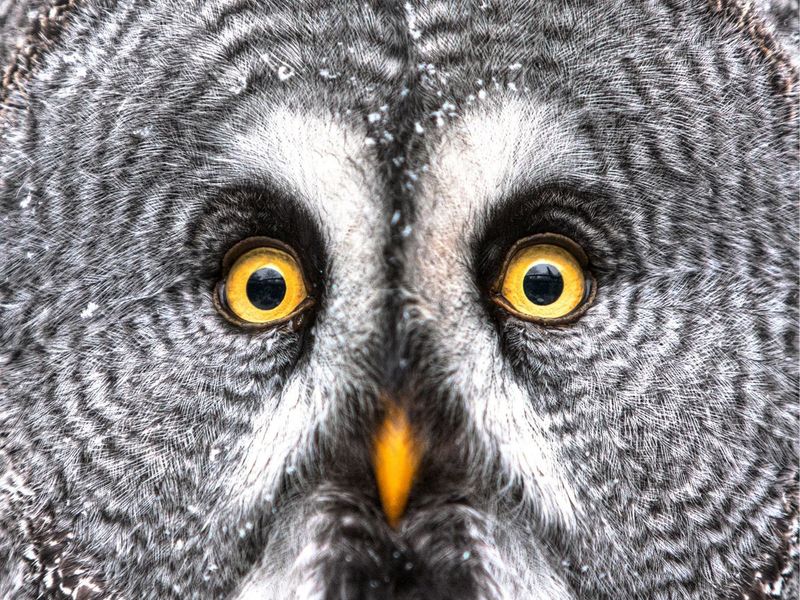
Birds have tiny colored oil droplets in their eyes that act like built-in sunglasses! These microscopic droplets sit in front of light receptors and filter incoming light to enhance certain colors while reducing glare. Think of them as nature’s Instagram filters, making important visual information pop.
Different bird species have different oil droplet colors based on their lifestyle needs. Raptors have droplets that enhance contrast for spotting camouflaged prey. Fruit-eating birds have droplets that make ripe fruit colors more vivid. These droplets also protect bird eyes from damaging UV radiation at high altitudes.
8. Magnetic Field Visualization

Some birds might actually see Earth’s magnetic field! Recent research suggests that certain proteins in bird eyes react to Earth’s magnetism, potentially creating a visual overlay that helps with navigation. This could appear as a pattern or tint superimposed on their normal vision.
Robin experiments show that disrupting specific light-sensitive proteins in their eyes prevents proper orientation during migration. The leading theory suggests these proteins change their configuration in response to magnetic fields, sending signals to the brain. Birds may literally see magnetic north as a visual pattern – like having a compass built into their vision!
9. Superior Motion Detection
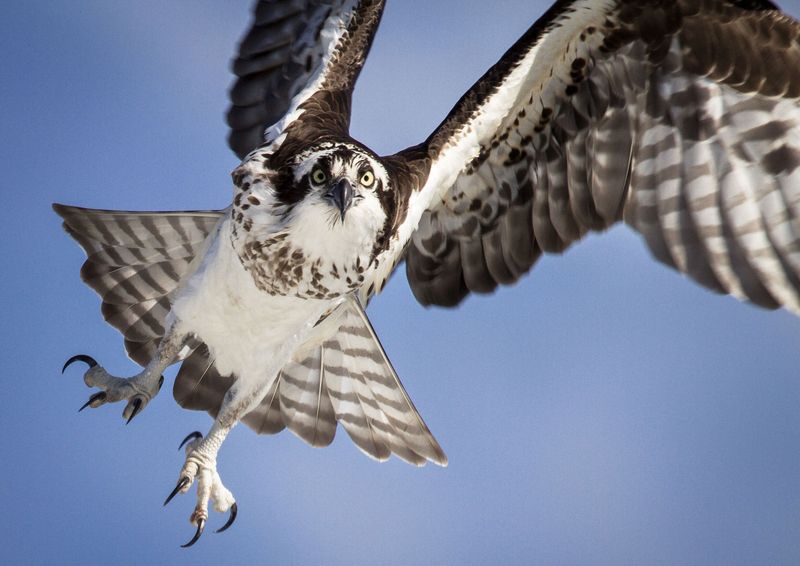
Birds excel at spotting tiny movements that humans would miss completely! Their retinas contain a higher percentage of motion-detecting cells, making them incredibly sensitive to even slight movement. This ability helps predators spot camouflaged prey and helps prey species detect approaching threats.
A stationary mouse might be invisible to human eyes against similar-colored soil. To a hovering kestrel, however, the slightest twitch of a whisker stands out like a flashing signal. Some birds can detect movement from hundreds of feet away that would be invisible to the human eye without binoculars.
10. Transparent Eyelids
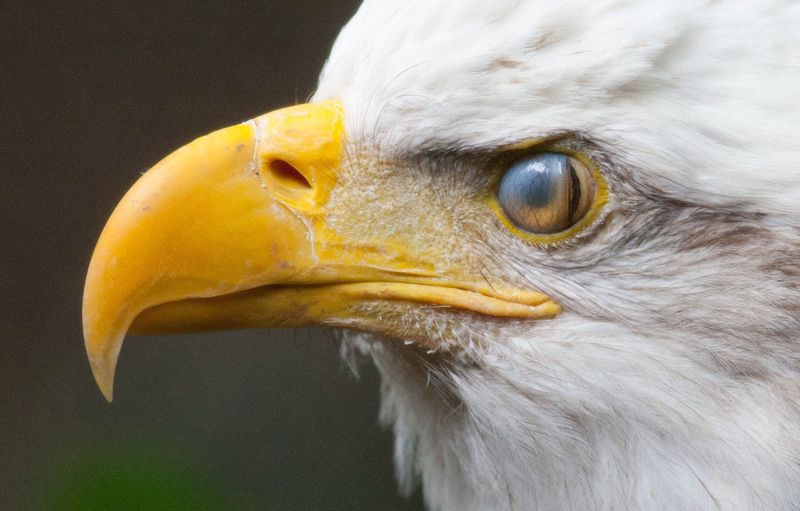
Birds have see-through eyelids that work like built-in goggles! Called the nictitating membrane, this transparent third eyelid slides across the eye horizontally, protecting it while maintaining vision. Birds can literally see while they blink!
This special eyelid keeps birds’ eyes moist and clean during flight without interrupting their vision. For diving birds, it acts like underwater goggles, protecting eyes while allowing clear sight for hunting fish. Eagles use their nictitating membranes to protect their eyes while still watching prey when diving at speeds over 100 mph.
11. Light Intensity Adaptation
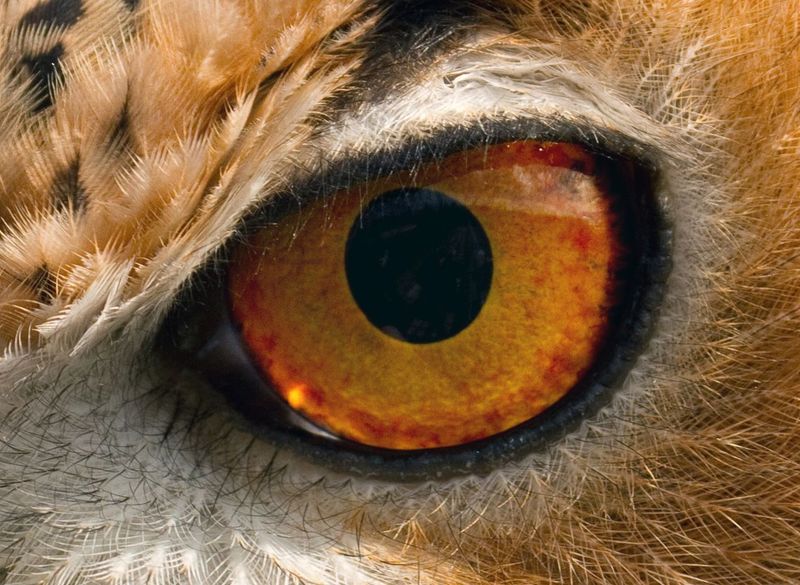
Birds adapt to changing light conditions much faster than humans! Their pupils can contract or expand rapidly, allowing quick transitions between bright sunlight and deep shade. This advantage helps birds hunt effectively in forests where light conditions change constantly.
Owls take this ability to the extreme. Their enormous pupils can open incredibly wide in near-darkness, gathering what little light exists. The muscles controlling bird pupils respond about twice as quickly as human eye muscles. This rapid adaptation means birds experience fewer moments of blindness when moving between bright and dark environments.
12. Enhanced Depth Perception
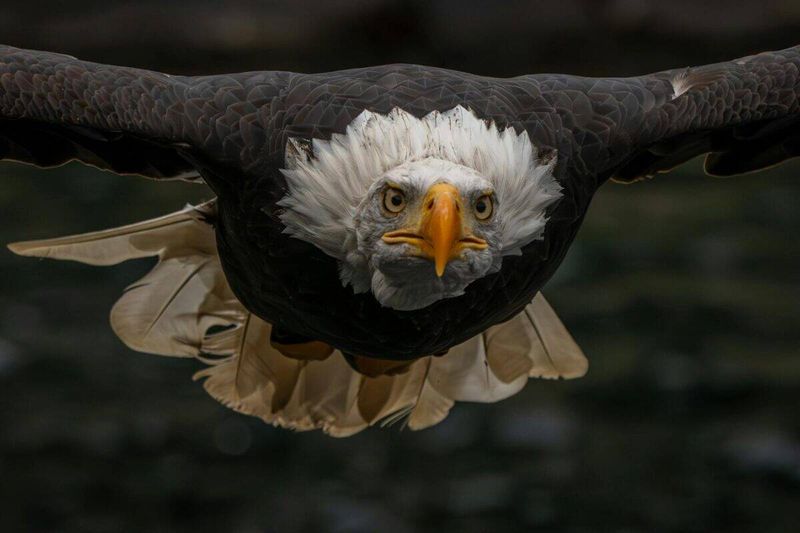
Birds of prey have incredible depth perception that puts human vision to shame! Their eyes are enormous relative to their skull size – if human eyes were proportionally as large as an eagle’s, they’d be the size of oranges! This extra size allows for a longer focal length, creating sharper images with better distance judgment.
Hawks can accurately judge the distance to prey within millimeters from hundreds of feet away. Their brains process slight differences between what each eye sees to calculate exact distances. This precision ensures they can snatch moving prey without crashing into the ground during high-speed dives.


